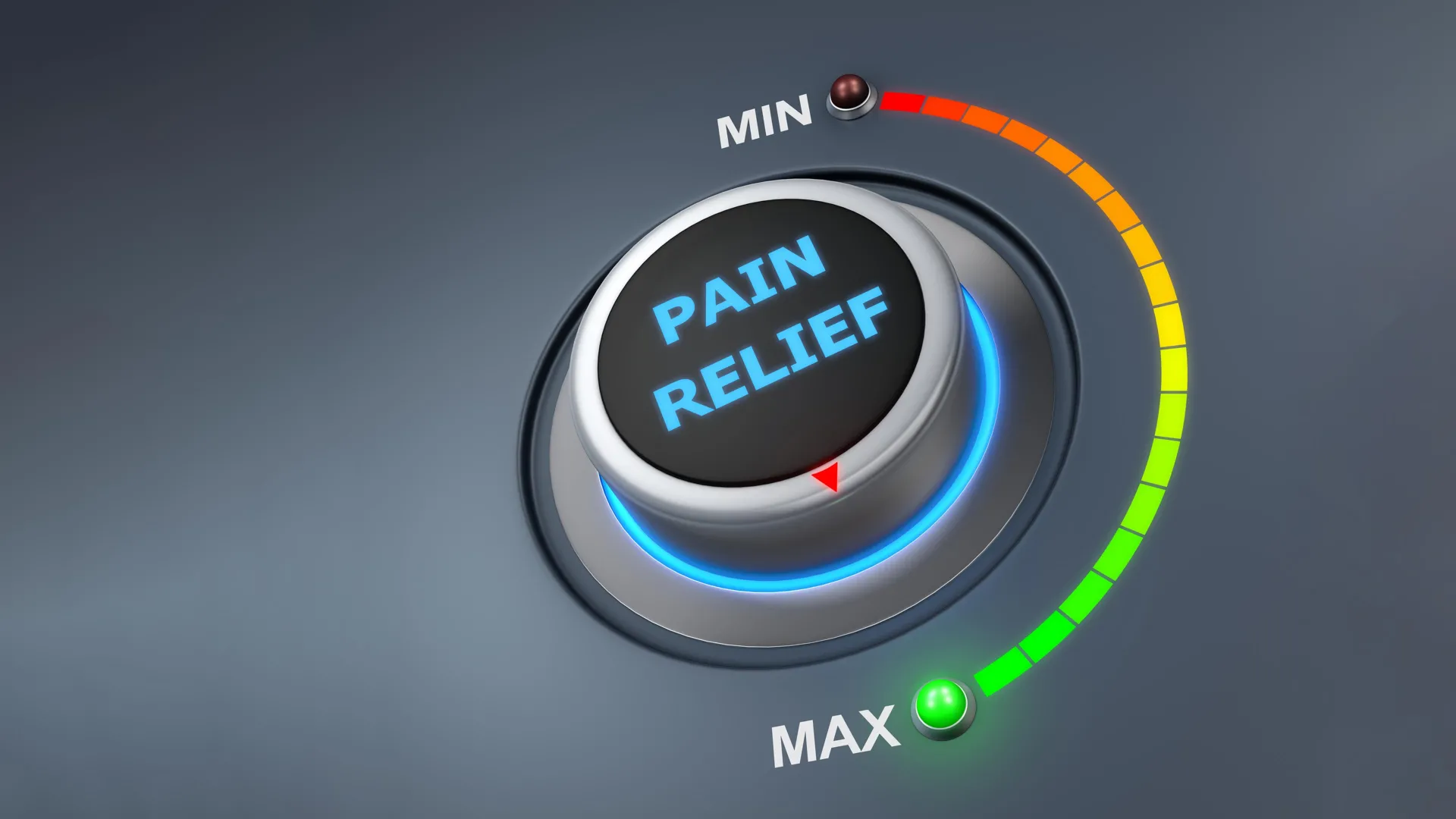Researchers at Tulane University, working with teams from eight additional institutions, have identified a previously unknown way that nerve cells send messages. This discovery could change how scientists understand pain and may guide the…

Researchers at Tulane University, working with teams from eight additional institutions, have identified a previously unknown way that nerve cells send messages. This discovery could change how scientists understand pain and may guide the…